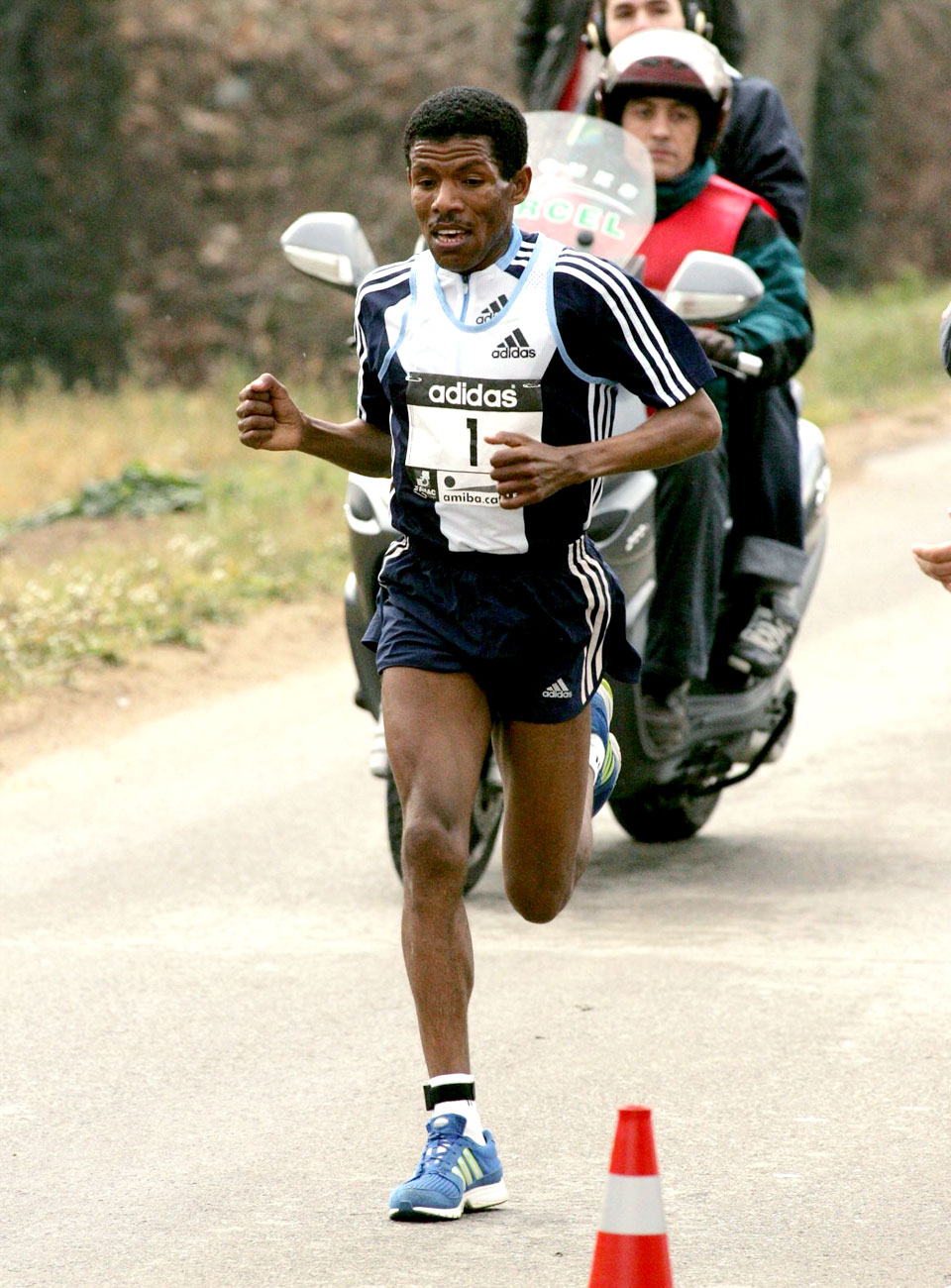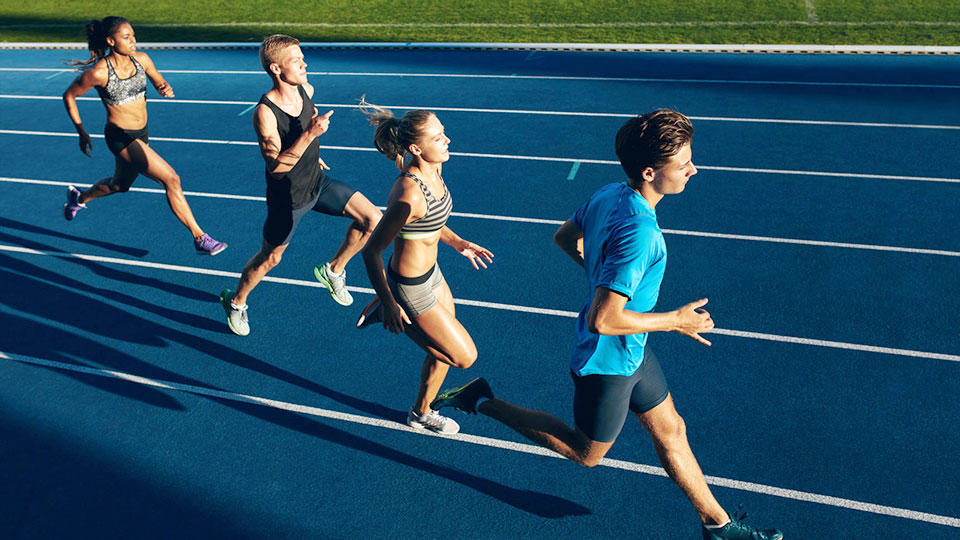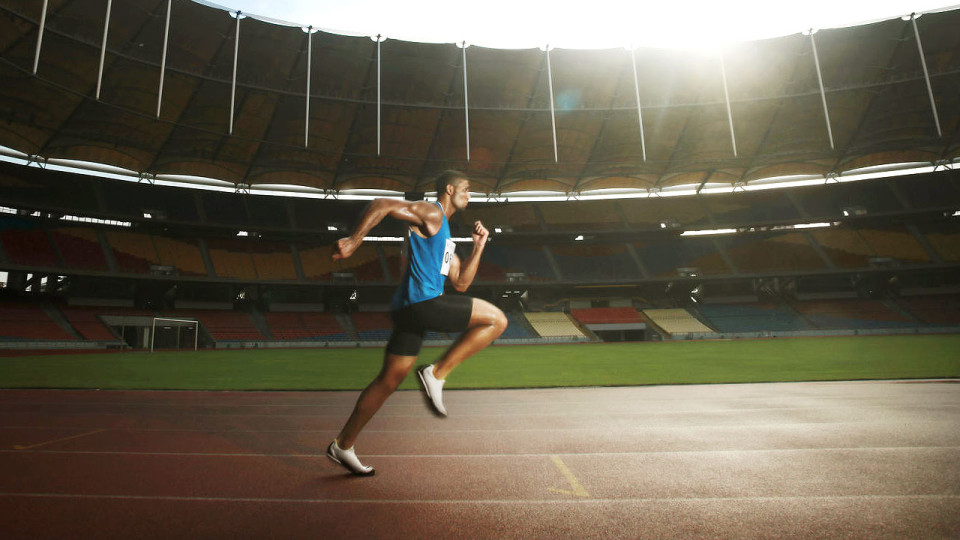Just about every noted running authority has an opinion on whether there’s an “ideal” physique required if one is to become an outstanding runner. This, of course, flies in the face of those who claim that all bodies are great running machines—that there is no such thing as body types engineered to beat the competition, finish first and grab more medals than most. But, ask anyone who points to Kenyans and stars like Jamaican runner Usain Bolt when the debate begins. Surely, this is no coincidence, you think.
How Tall? How Heavy?
Why is the topic of having a specific body type of such importance? Because as a runner, you want to perform at the top of your game and set more realistic expectations for yourself if you factor in your physiology when assessing your chances of medaling. Must you possess a perfect physique, as described by Dave McGinn? Hardly. But you can maximize your strength and technique, even if you’re not approximately 5-foot-7 (170.2 cm) and weigh around 140 pounds (63.5 kg)!
Why this exact weight and height? Because thin is in! If you don’t have to worry about your bones being burdened with excess of weight—even a few pounds—your body performs better because it’s a lean, mean running machine. A lithe body is less likely to be sidelined by injuries because not as much force is exerted every time your foot hits the ground.
If you’re not a textbook “ectomorph”, you can still avoid injury, says Calgary’s Running Injury Clinic director, Reed Ferber. His reasoning? A runner who focuses on alignment, flexibility, mechanics and strength whilst training will run to the best of his ability, especially if he has proper coaching, instruction and training.
Does Where You Train Matter?
But perhaps you wonder if geography is destiny. After all, scientists, doctors and researchers investigating “The African Advantage” seem to have a new theory every day about why running records are set by Nigerians, Kenyans and Caribbean islanders with roots in Africa. No stone has been left unturned in the search for answers to this phenomenon, thus explanations range from higher altitudes producing higher red blood cell counts and genetic cultural predispositions to the environment.
One of the theories that seems to offer the most credibility and logic is this one: due to economic deprivation, kids like Haile Gebrselassie of Ethiopia had to run more than 10 km to and from school every day growing up, so this conditioning couldn’t help but contribute mightily to their constitutions result in outstanding race performances. Interested in reading more about this phenomenon?

None of the Above?
Assuming you were neither born in Kenya nor were you required to sprint long distances to school every day as a youngster and you do not meet the aforementioned criteria of being 5-foot-7, weighing around 140 and having little body fat. Can you still win marathons? Of course. One of the best ways to accomplish this goal is to understand your unique body type so you practise the style of running that benefits you most.
A short review of the three body types identified by scientists and described in detail, are ectomorphs, mesomorphs and endomorphs.
Traditional ectomorphs have high metabolisms, may have problems gaining weight despite eating a well-rounded diet, and are usually thin with lean muscle mass and narrow shoulders.
Mesomorphs are quintessential athletes who build both fat and muscle with ease.
Endomorphs are softies: they have soft muscle tissue and slow metabolisms that could predispose runners with this body type to weight gain.
But, here’s where things get complicated: You may not fit exactly into one of these three categories. Indeed, most people don’t. But here are a few situations in which chances are likely that you will excel…
- In general, big-bodied runners are well suited sprinting,
- Small body types make the best distance runners because their legs are thin and toned,.
- Short runners actually perform better than taller runners because those long legs can “make it more difficult to lift and propel a body forward,” says University of Copenhagen exercise researcher Dr. Niels Secher.
- Surprisingly, speed isn’t determined by leg length, despite that frequent assumption.

Excelling in Your Unique Physique
So what are you to do if you want to excel on the track and finish respectably at the marathons you choose to run? First (don’t laugh), train hard and have fun! If you’re so fixated on your body type after reading too many writings on the subject, you’ll convince yourself that you have physical deficiencies that prevent you from ever achieving your personal best. Mind over matter.
Next, if a specific type of running “feels right” to you, why would you not pursue it, given the fact that everyone has some measure of the three traits that transect the aforementioned categories of ectomorphs, mesomorphs and endomorphs? Even overweight runners have the ability out-distance a classically described one who meets height and weight standards—if she believes she can do it and trains properly to realise her goal.
Why mention training properly? Because specific types of training routines and programmes enhance a runner’s ability to achieve success if they follow a training routine that focuses on preparing the body for a specific marathon. If this is news to you, learn more about specialised training techniques at RunnersConnect.
Sure, it’s nice to be born with a specific set of physiological traits, but if you love challenges, you won’t let this interfere with your passion for running and hopes of performing spectacularly at marathons in the future! On that note, here’s a question for you: Before you read this article, were you aware of your own body type, or is this information an important revelation that will change the way you train?




